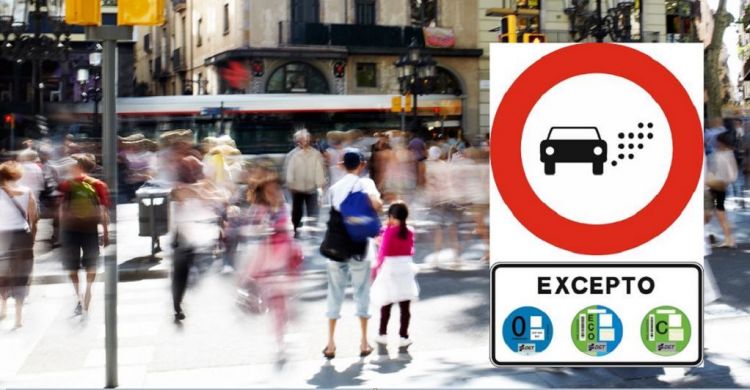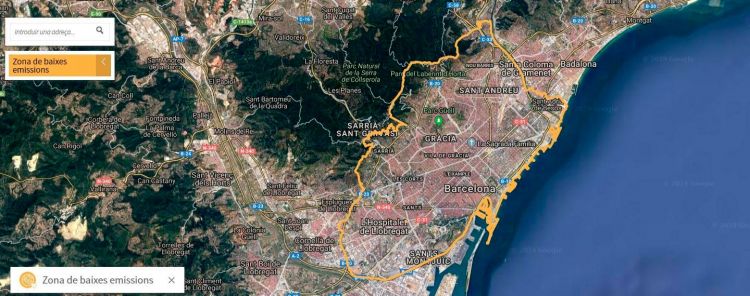According to the Law on Energy Transition and Climate Change, by 2023, every Spanish municipality with more than 50,000 inhabitants will have to have a low emissions zone (ZBE from now on) active at the beginning of 2023. That is, on January 1 . In Spain there are 149 municipalities with more than 50,000 inhabitantsand the news is that of those 149 municipalities, only 20 population centers will have their ZBE active at the beginning of next year. In other words, 87% of municipalities required to have a ZBE will be in breach of national regulations in two months.
That 87% to which we refer in the previous paragraph is not an invented fact. It is the result of a investigation carried out by El País, in consultation with the 149 municipalities involved. We recall at this point that although the regulations that require the implementation of LEZs are national, the implementation on the ground is the municipal responsibility, as well as the decisions on extension, schedules and environmental labeling that will govern the ZBE. What emerges from this investigation is a tremendous “lack of diligence” on the part of 129 municipalities.
There will be a widespread breach of national regulations, regardless of political or geographic location.
To make matters worse, of the 20 municipalities that will have an active ZBE by the beginning of 2023, six already had their ZBE activated before the Climate Change Law came into force. The law, by the way, has been approved for about two years and is vox populi. In fact, the existence of LEZs has already caused a tremendous change in the dynamics of the car market, both new and used. The environmental labeling of the DGT will be the one that governs which vehicles can circulate and which cannot, but each city council must decide how restrictive it wants to be.
According to the investigation of El País, some municipalities hide behind bureaucracy and they affirm that since there is no Royal Decree that develops the Law, they do not have the necessary legal certainty to develop their ZBE. At the same time, the municipalities that have developed their ZBEs contradict these statements, as do environmental groups, who argue that a Royal Decree is not necessary to develop a ZBE at the local level. From the Ministry for the Ecological Transition, it is stated that said Royal Decree will be ready very soon.
Each of the 149 ZBEs will be different, both in length, hours and restrictions.
Apparently, the report from the Treasury and the Council of State is still pending for final approval. Be that as it may, reality comes face to face with bureaucracy and political incompetence. Of the 129 municipalities that do not have their ZBE ready, 60 state that it will be ready in 2023, 50 municipalities refuse to offer dates, three leave “the topic” of the ZBE for 2024, and 16 have not even answered the questions of El País. The FEMP (Spanish Federation of Municipalities and Provinces), for its part, seeks a moratorium on the implementation of this law.
This delay in the entry into force of the Law, according to the FEMP, would allow municipalities time and legal certainty to develop their ZBE. The implementation of the ZBE will require the installation of means of control – license plate identification cameras – and an investment in signage and equipment, something that also brings headaches to several municipalities, which await the arrival of European funds to make their investment. Several municipalities are fighting for aid from the Ministry of Transport for this purpose.
Marca España is the delay of months or years in complying with the regulations issued by the Government.
Finally, I would like to remind you that in May 2023 there are municipal elections in all Spain. Is that the real reason why the LEZs are going to be delayed “a few months”? In a nutshell: no one said so, but it was obvious that the implementation of the ZBE would be a real debacle. As drivers, it will give a balloon of oxygen to the drivers of vehicles without label environment, which will be able to continue circulating without restrictions and without fear of sanctions. At least until the elections are over.






